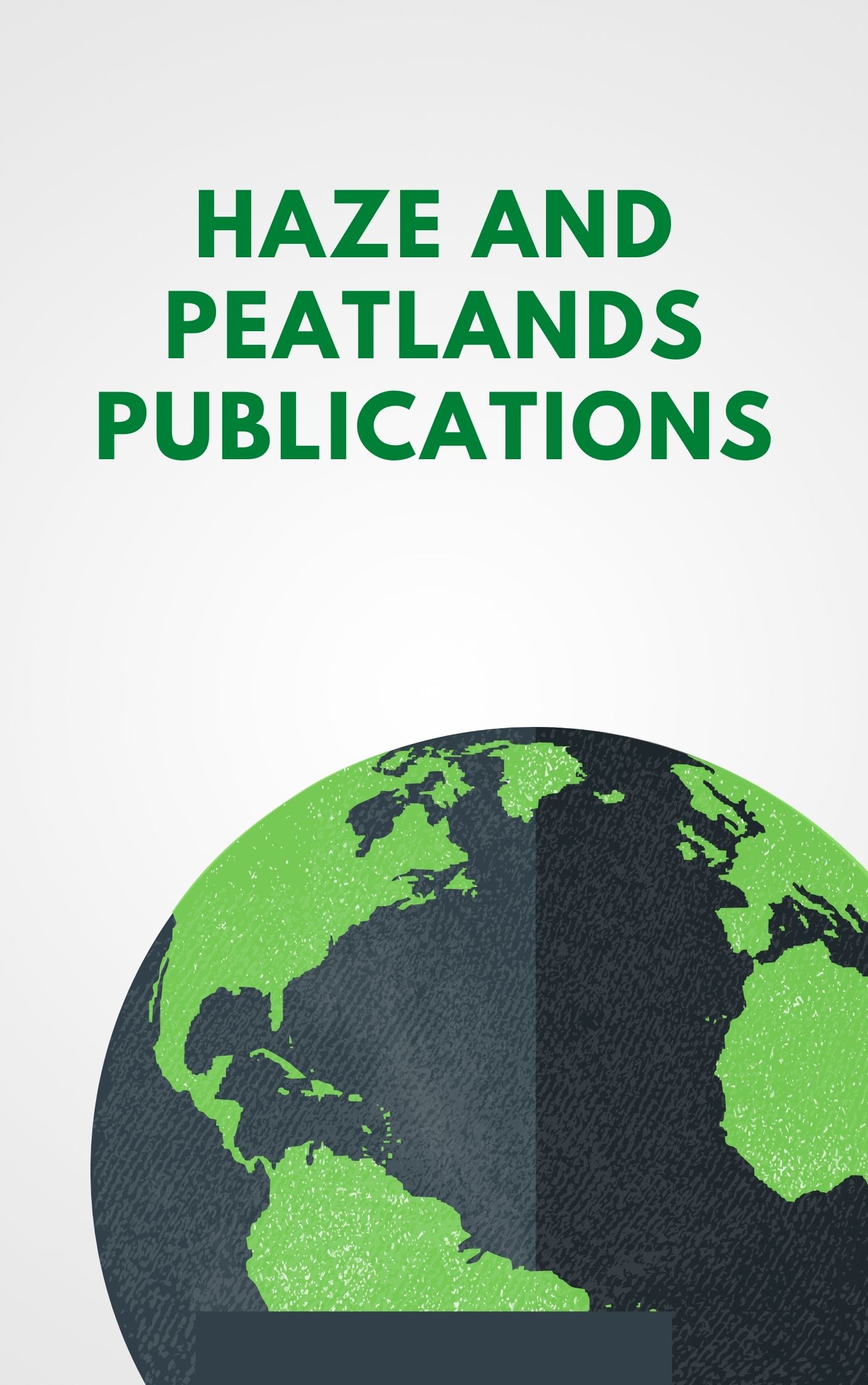Keyword(s)
agricultural development, agroforestry, community action, community development, community forestry, cutting, ethnic groups, farming systems, felling, fire control, firebreaks, forests, land ownership, multipurpose trees, natural regeneration, nature conservation, non-governmental organizations, orchards, planting, rural development, settlement, shifting cultivation, sustainability, trees, tropical forests, weeds, wild relatives, woody plants, Myanmar, Thailand, imperata cylindrica, man, plants, Imperata, Poaceae, Cyperales, monocotyledons, angiosperms, Spermatophyta, eukaryotes, Homo, Hominidae, Primates, mammals, vertebrates, Chordata, animals, ASEAN Countries, Least Developed Countries, Developing Countries, South East Asia, Asia, APEC countries, agricultural systems, agriforestry, agro-forestry, alang-alang, Burma, bush fallowing, cogon grass, evergreen forests, fuelbreaks, NGOs, nongovernmental organizations, sedentarization, slash and burn, swidden agriculture, Agroforestry and Multipurpose Trees, Community, Farm and Social Forestry (KK600), Other Land Use (KK150) (Discontinued March 2000), Farming Systems and Management (EE200) (Discontinued March 2000), Land Use and Valuation (EE160) (Discontinued March 2000), Structure, Ownership and Tenure (EE165), Housing and Settlement (UU100), Community Development (UU460) (Discontinued March 2000)

